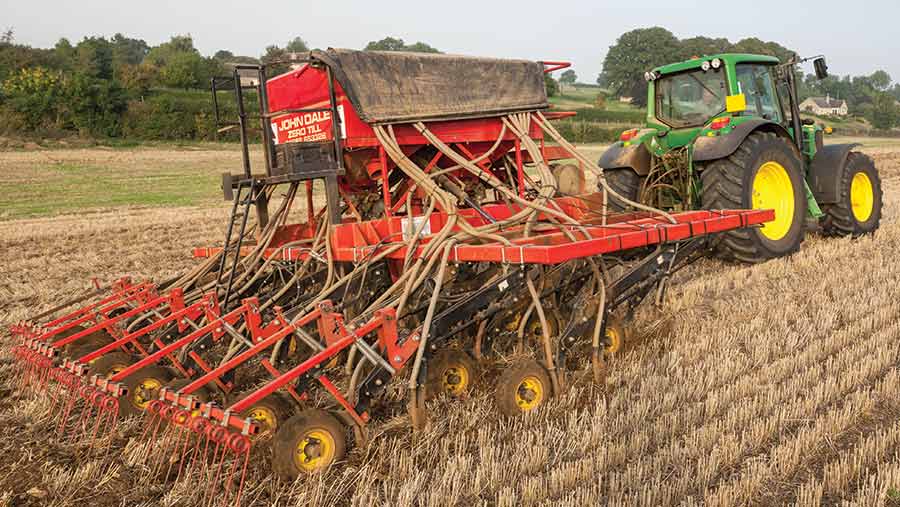Background: The relative importance of individual and country-level factors influencing access to diagnosis and treatment for depression across the world is fairly unknown. Methods: We analysed cross-national data from the WHO World Health Surveys. Depression diagnosis and access to health care were ascertained using a structured interview. Logistic Bayesian Multilevel analyses were performed to establish individual and country level factors associated with: (1) receiving a diagnosis and (2) accessing treatment for depression if a diagnosis was ascertained.
As an extension of a previous work (Chen and Han, 2015a), this study explored the arable land use of the world economy from source of exploitation to sink of final consumption via the global supply chain, by means of embodiment accounting that includes the indirect feedbacks associated with both intermediate and primary inputs. In magnitude, the global transfer of arable land use is estimated to be around 40% of the total direct exploitation. The connections as well as imbalances of major economies in intermediate and final trades of arable land use are discussed.

